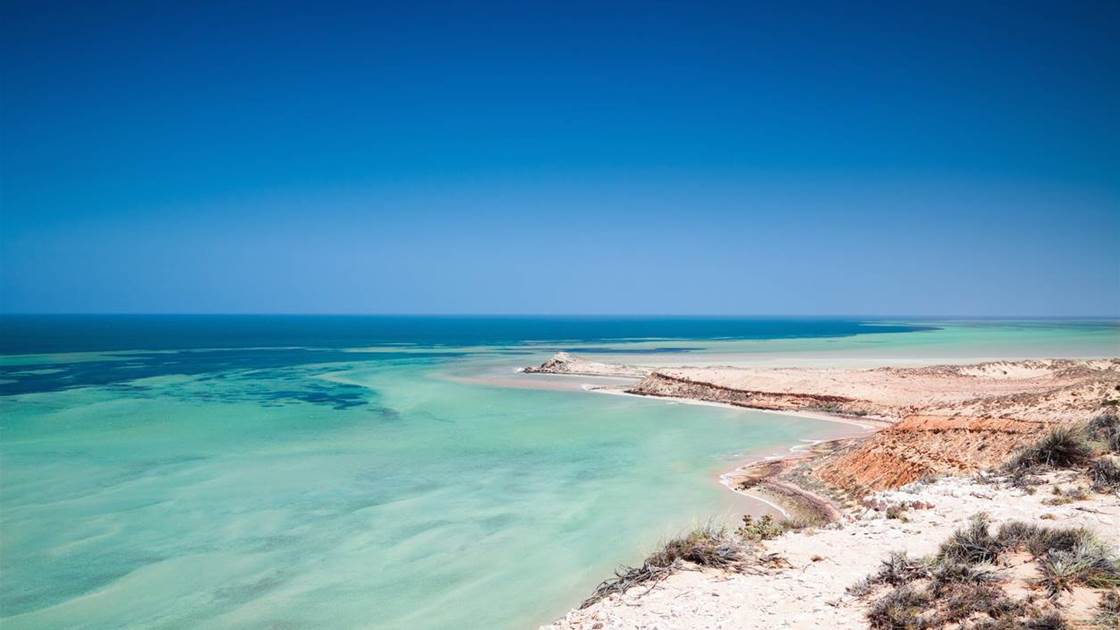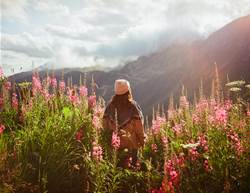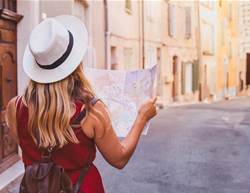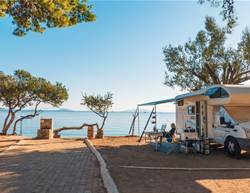Forget aspirin. We all know that the quickest way to cure an overloaded brain is to head outdoors. Whether it’s a walk in the park or sitting by the sea, spending time in nature lowers levels of the stress hormone cortisol, which helps regulate your blood pressure and immune system.
Not all nature is created equal, however. The more dreamy your surroundings, the more benefit ts you’re likely to get. In fact, studies have shown that spending time in places that inspire a sense of awe not only lower the levels of inflammatory compounds in the body, they also have psychological advantages, making people feel less entitled and more generous. So, the next time you need a dose of wonder (and a break from your job), give your body and soul a reset at one of these awe-inspiring Australian destinations.
KIMBERLEY REGION, WESTERN AUSTRALIA
Majestic gorges and waterholes
Image credit: Tourism Western Australia
Get ready to feel small. Simply stepping into one of the extraordinary gorges of Western Australia’s Kimberley region is a reminder of just how insignificant humans can be. It’s not just the scale of the towering walls that soar up above you, but also the fact the weathered rock – in striking shades of rust red, slate black or even bone-white – has been braving the elements for millennia. Walk through Windjana Gorge, for instance, and you’re standing at the bottom of a long-vanished sea. About 380 million years ago, this entire area was submerged under the ocean. The gorge’s 100-metre-high walls are remnants of an ancient coral reef that stretched across almost 1000 kilometres and still contain fossils of prehistoric sea creatures. Inside is a tranquil bush scape. Follow the trail through the trees and along a sandy riverbed that springs to life each year during the wet season. Even in the dry, green pools of water remain a sanctuary for dozens of freshwater crocodiles.
More watery adventures await at the marvellous Manning Gorge. Spoiler alert: getting here is a real adventure. To reach the trailhead, you have to cross a billabong (most people wade or swim). From here, it’s an hour’s walk, the way marked only by paint daubed on the rocks. The pay-off, however, comes at the end, when you’ll find an array of inviting waterholes in which to cool off. To your right, a waterfall cascades into a deep pool; several convenient ledges offer jumping-off points. Climb to the top of the waterfall to discover another lovely pool. More waterholes lie further downstream. Added bonus: The gorge is home to a number of rock art sites, including good examples of distinctive big-eyed Wandjina figures.
Find out more: Intrepid Travel offers a six-day West Kimberley Adventure, starting and ending in Broome, which includes Windjana Gorge, Tunnel Creek and Manning Gorge. From $1495 per person; intrepidtravel.com
FRASER ISLAND, QUEENSLAND
Tranquil forest
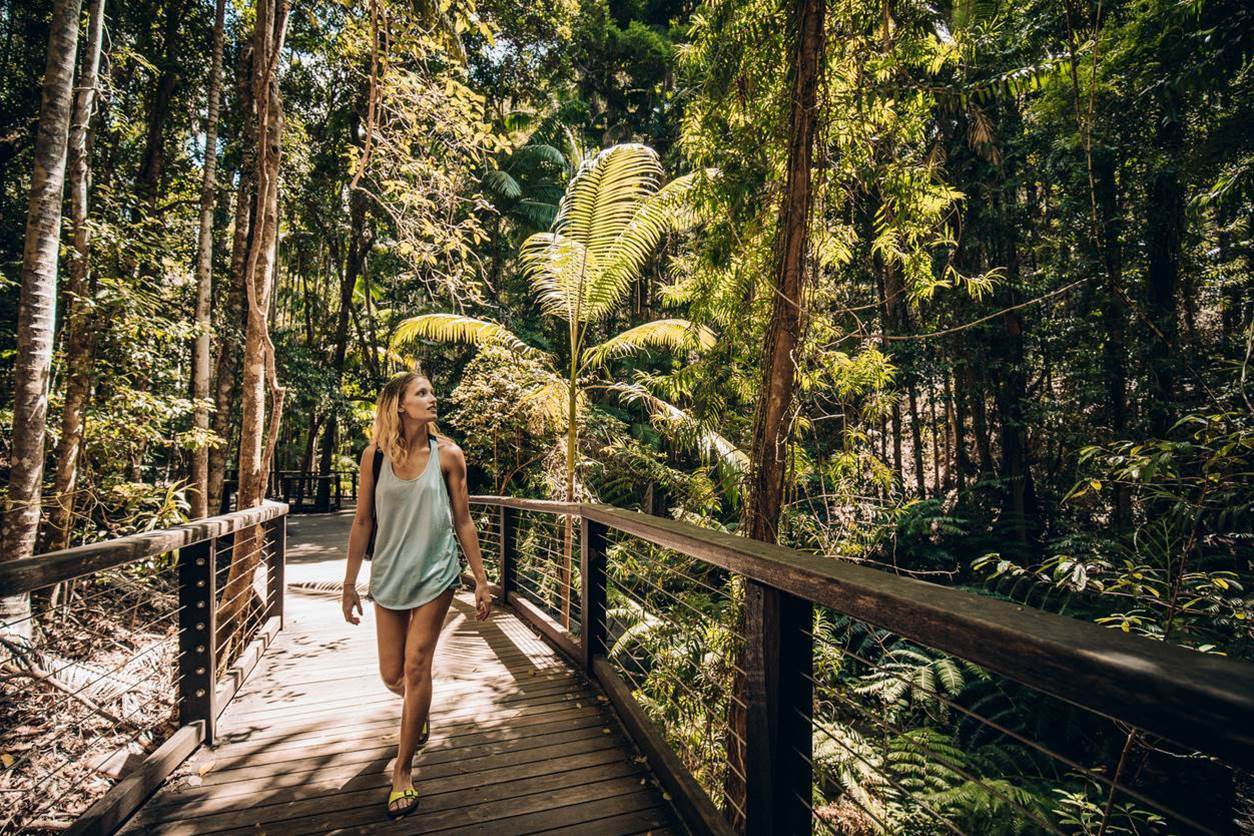
Image credit: istock
Forests have always been places of wonder. They seduce the senses with that restless dappled light, with the rich loamy aroma of vegetation and with their dozens of shades of green. They all may be magical, but there’s something particularly remarkable about Fraser Island’s forest. By rights, it shouldn’t actually exist. Perched off the Queensland coast near Hervey Bay, Fraser Island is the world’s largest sand island. Rolling sand dunes and endless beaches come with the territory, but how can a lush forest survive in such a sandy base? In fact, it flourishes. This is a rich rainforest dominated by tall trees, soaring so high that you crick your neck looking up at them. No direct sunlight penetrates; instead, the light is tinged with a soft green glow. The sandy ground muffles the sound of your footfalls.
Even the crystal-clear stream seems to flow silently. The hardwoods that grow here were once in demand from the logging industry; the forest paths are actually old logging trails. As you stroll, you pass fallen logs covered in soft carpets of lichen; pops of colour indicate the presence of tiny fungi or delicate orchids. For every little remarkable object, there is an equally impressive large-scale sight. You’ll gaze in disbelief at one mighty satinay tree, its four-metre-wide trunk an indication that it has stood here for a thousand years or more. There are plenty of different forest hikes to choose from. Smart hikers opt for a route that lets them pay a visit to one of the island’s other natural wonders – its perched lakes. Among the loveliest is Lake McKenzie, with its soft white silica sand and its glass-like waters – more Fraser Island magic.
Find out more: Kingfisher Bay Resort can help you organise a range of activities, including hikes and water sports. From $229 per night; kingfisherbay.com
LAKE MACDONNELL, SOUTH AUSTRALIA
Technicolour lake
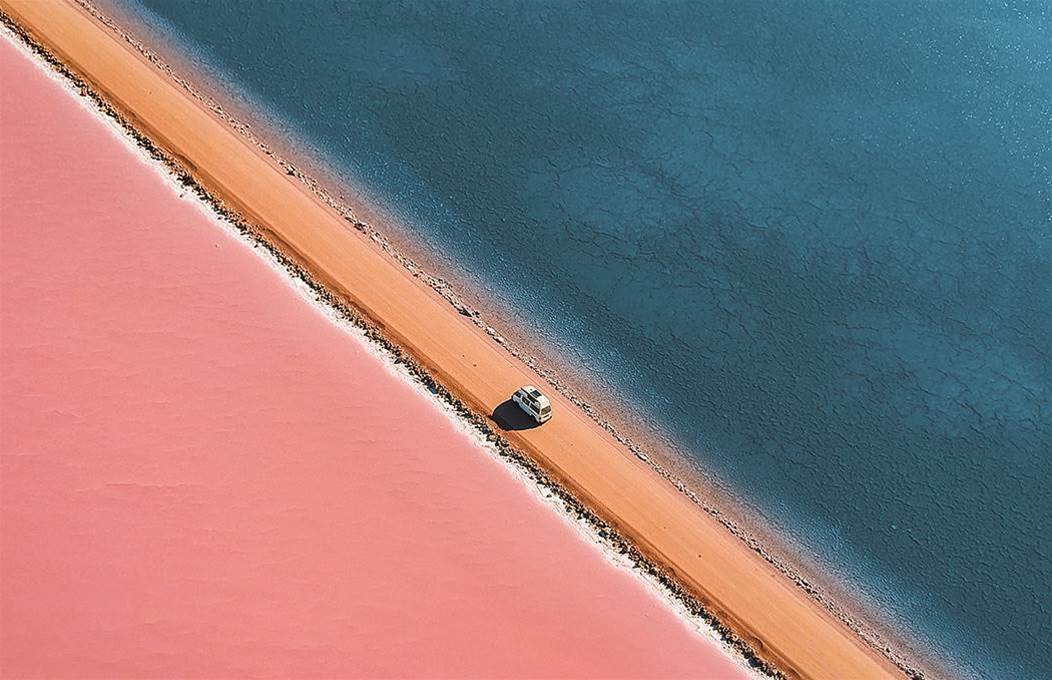
Image credit: South Australian Tourism Commission/ Elise Cook
Do you ever get the feeling sometimes that the world has no more wonders left to discover? That everything has been mapped, charted and turned into a desktop wallpaper? Well, we have news for you. There are still some incredible sights that very few people have seen for themselves – and at least one of them is right here in Australia. To explore this marvel, you’ll have to head to South Australia’s ruggedly beautiful Eyre Peninsula. Jutting into the waters of the Great Australian Bight, the triangular headland is a marine playground where you can watch wandering albatross soar on a thermal current or plunge into the waters to swim with dolphins and sea lions.
But that’s not what has drawn us here. We’re here to see Lake MacDonnell in all its sublime colour. It is pink – a bright, cheery pink that looks perfectly natural on, say, bubblegum, but decidedly less so in a lake. It’s a sight that is so unlikely, so otherworldly, that it’s hard to stop a huge grin from breaking out over your face as you gaze out over its eye-popping waters. There’s a scientific reason for this lolly like splendour – the lake’s saline waters are home to algae and bacteria that affect the colour of its waters – but you don’t need to understand the phenomenon to admire it. By glorious happenstance, the dirt road that skirts the lake is flanked on the other side by blue-green waters, a wonderfully surreal scene – and one heck of a photo opportunity.
Base yourself in nearby Ceduna and you can round out your trip with plenty of beach action, not to mention ocean-fresh seafood by the plateful. (More than 65 per cent of Australia’s seafood comes from these waters.) Be sure to visit the Ceduna Aboriginal Arts & Culture Centre, where the work of more than 100 indigenous artists is on display. End the day with a sunset walk along the 380-metre-long Ceduna Jetty, located at Murat Bay.
Find out more: There are regular flights from Adelaide to Ceduna, which lies 45 minutes from Lake MacDonnell. Accommodation options include holiday homes, motels and caravan parks. cedunatourism.com.au
MARY RIVER WETLANDS, NORTHERN TERRITORY
Wildlife safari
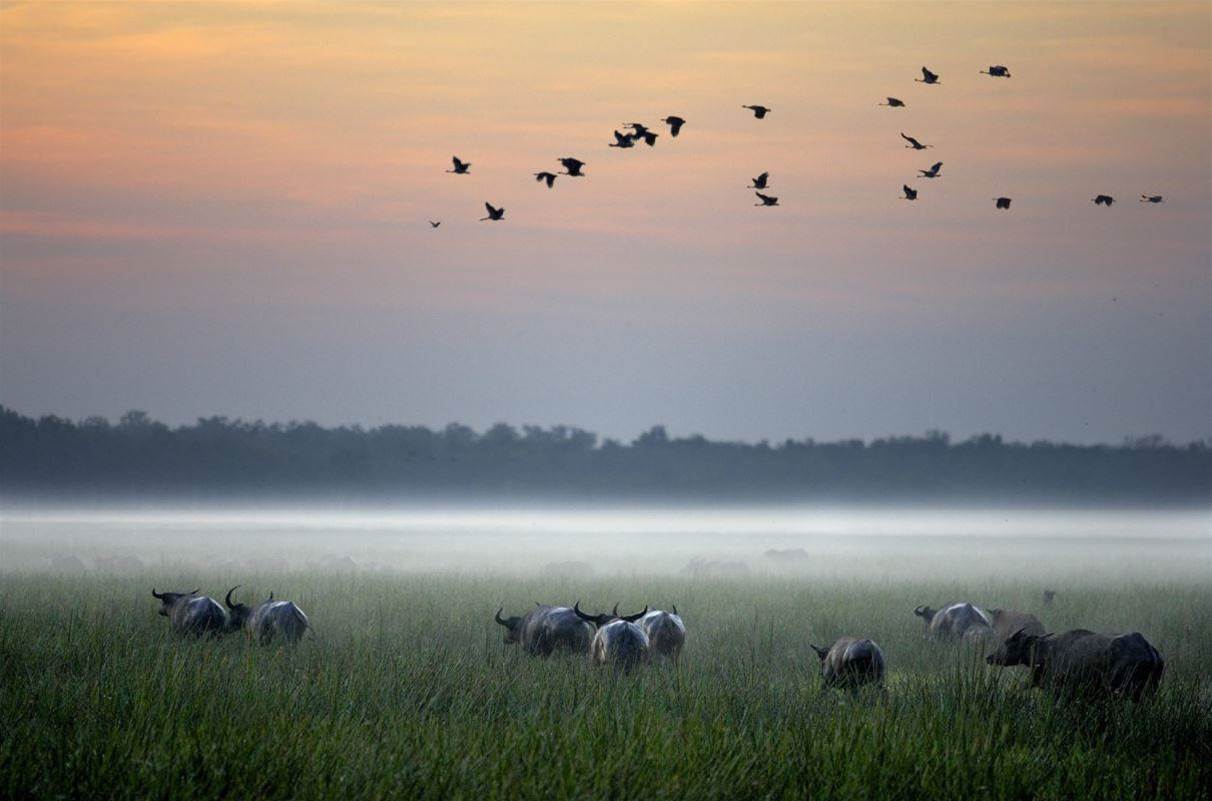
Image credit: Richard L'anson
There are some sights that you never forget. A saltwater crocodile nosing its way past waterlilies. Hundreds of magpie geese flying in formation just above your head. A pair of stilt legged jabiru dancing together in an elaborate ritual. And where can you experience these magnificent moments? Why, up in the Top End. Not far from Kakadu National Park lies the wondrous Mary River wetlands, a landscape that changes with the seasons. In the dry, there are four distinct habitats to explore: wetlands, melaleuca forests, a lace-like river network, and a sprawling savannah. Come the wet, the entire area is transformed into a veritable water world, a vast floodplain that stretches as far as the eye can see.
Whenever you come, the wildlife viewing is incredible. Birdlife ranges from tiny azure kingfishers to majestic brolgas; that’s before we get to the buffalo, wallabies, brumbies and dingos. The place to stay is Bamurru Plains, a tented camp that is anything but rustic. The bungalow tents, which have doors, not zippers, come equipped with en suites, super-comfy beds and meals that are simply superb. Here, you can go wildlife spotting without ever leaving camp. In the morning, agile wallabies may graze near your tent; in the afternoon, corellas may flock nearby. Bamurru Plains also offers its guests a roster of daily activities that let you explore further afield. Hop onto an airboat in the cool of the morning or the still of the late afternoon and you never know what you might encounter. It could be a jabiru suddenly plunging its beak into the water and emerging triumphantly with an eel for breakfast, or a cheeky white-feathered cattle egret hitching a lift on the back of a lumbering buffalo. It’s a reminder that nature is always astonishing, but never predictable.
Find out more: Bamurru Plains rates start from $1140 per person, including all meals and beverages and daily guided wilderness activities.
bamurruplains.com
